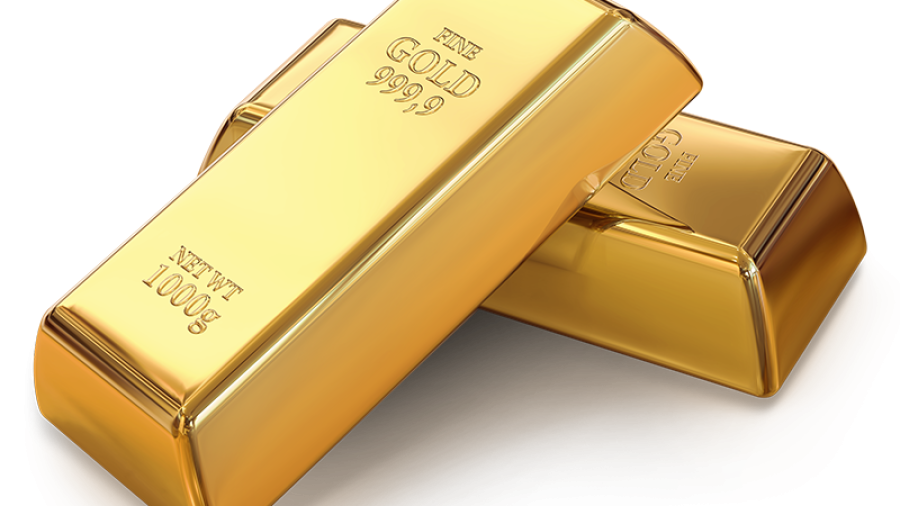Stocks
In this lesson you’ll learn:
- Which factors could influence stocks
- What financial ratios are worth looking at while analysing stocks
- The difference between a physical share and a CFD
Each segment of the financial market is governed by its own laws. Take currencies – their value is determined mainly by what’s going on in the country’s economy, by the central bank policy or by moves in interest rates. Commodities, on the other hand, focus mainly on a relationship between supply and demand. Then there are stocks. Stocks are interesting instruments as they are not only connected with what’s going on inside companies, but they can also be a reflection of the economy as a whole. Additionally, while a larger than 5% change in the value of a currency or a commodity is considered to be unusual or extraordinary, it’s quite commonplace for stocks.
What are stocks?
Let’s begin with a simple definition: a stock is a security that signifies ownership in a corporation and represents a claim on part of the corporation’s assets and earnings. That means that when you buy a stock of a specific company, you become its owner. You own part of the company’s assets, and have a right to participate in its earnings (you obtain a right to receive a dividend). Of course, there are many types of stocks, but it’s worth focusing on common stocks as they have the biggest market share.
As you become a majority stakeholder or an owner of a company, that makes trading stocks a bit more complicated. You not only decide on what to do with the securities you have bought, but also have a right to decide on company’s future by participating in the general meeting of shareholders. Common stock owners can vote on the corporation’s affairs, such as the Board of Directors, mergers and acquisitions and takeovers.
What affects stocks?
As always, there’s no easy answer to such question. The truth is that there is a lot of factors that could affect stocks prices. Let’s highlight the most important ones:
- Earnings – earnings are crucial in analysing stocks. The more the company earns, the more expensive its shares should become – in theory. When a company is making money it could pass the profit onto shareholders in the form of a dividend. It could also buy back its share or invest, which should lead to a rise in the company’s value. As the amount of stock remains more or less unchanged, a rise in company’s value leads to a higher price of each share. It’s important to remember that sometimes a company with a high price of its stock might not be making much money. However, the rising price means that investors are hoping that a profit will appear in the future. If not, prices could fall sharply as happened during the dot-com bubble. That is why earnings are crucial to watch while trading stocks.
- The industry or sector – Companies are doing their business within specific sectors of the economy. For example, Apple is one of the leading high-tech companies, which means that it won’t compete with Coca-Cola, but will definitely look at what’s Microsoft doing. Aggressive competition within a sector could have a significant impact on company’s profits, thus pushing lower the value of its stocks.
- Finances – The financial situation of a company determines its ability to exist in the long-term. A deterioration in this area could lead to a dramatic moves in company’s stocks, with banks shares during 2008 crisis as the best example.
- Economic conditions – Stock prices depend not only on what’s happening in the company, but also on what’s going on outside of the company. For example, deteriorating growth or even a recession could signal a downfall in earnings or even bankruptcy, which could affect stocks. On the other hand, higher economic growth could improve the outlook for a particular company, leading to a rise in its shares.
Of course there’s a lot of factors to watch, but these four are crucial to follow while trading stocks.
Look at the ratios:
Valuing a company is definitely not an easy task. Financial statements, outlook for earnings, industry conditions and all the variations that come with that can be overwhelming. However, there’s a simple way to compare stocks between each other and to weigh up if an investment in a specific company would bring you profit. You could use financial ratios to determine if there’s a trading opportunity. Let’s look at the most popular ratios that could be helpful in your analysis:
- Earnings per share (EPS) – this is a ratio that calculates the amount of net income earned for every outstanding share. In other words, this amount is the money earned by every share if the entire profits are divided by the total number of shares at the end of the year. In some ways, it also reflects the profitability of the company from a shareholder’s perspective. The higher it is, the more attractive are stocks.
- Price to earnings (P/E) – Price to earnings ratio is the most popular investment valuation indicator. Despite its imperfections, it’s most widely reported by market participants. It is a valuation of a company’s current share price compared to its per-share earnings. A high ratio means investors have to pay more for today’s earnings, while low means that they become cheaper. What’s more, stocks with a high P/E could be overpriced, which would make an investment unattractive. The general rule is that the lower the P/E ratio, the more attractive the stock.
- Dividend Yield (DY) – this is a ratio that indicates how much a company pays out in dividends each year relative to its share price. Dividend yield is represented as a percentage and can be calculated by dividing the value of dividends paid in a given year per share of stock held by the value of one share of stock. The ratio is a useful tool for so called “dividend investors” that are looking for stocks that have a stable growth and pay a solid dividend.
There is of course a lot of ratios that could be used in analysing stocks. You should choose those that will be useful in your trading strategy, just like with the one mentioned in the Dividend Yield’s case.
CFDs on stocks:
PRIMAL TRADE offers CFDs on stocks, though these are not exactly stocks themselves. Although they move just like the underlying asset, they could also give you additional possibilities. Let’s look at the main topics connected with equity CFDs.
- CFD trading enables you to go long (buy) if you believe a share price will rise, or go short (sell) if you believe a share price will fall. CFDs are therefore much more flexible than physical share dealing, giving you the ability to take advantage and potentially profit from any share price move, up or down, if the market meets your predictions.
- You can trade equity CFDs with leverage of up to 1:10. That means that you could trade equity CFDs with lower margin than normal stocks require.The margin required for opening a position depends on the market cap, liquidity and volatility of the particular share. Please bear in mind however that leverage works in both ways, and you could lose all your deposited funds, so be careful to manage your risk.
- While trading CFDs you have to pay a daily financing fee called swap points. That is because of trading on margin.
- You may look for companies paying dividends and benefit from cash adjustments being equivalent of net (long positions are subject to a plus cash adjustment) or gross dividend (short positions are subject to a minus cash adjustment). Rights issues and spin-offs are handled in a similar way, as a cash adjustment is based on market price when listing of rights or spun-off stocks starts. Open positions are subject to corporate actions adjustments if they remain open after trading hours on the expiry date.
- Transactions on equity CFDs may cause incur tax costs, depending on the specific underlying market regulations.
- Buying a CFD doesn’t make you an owner of the company. On the other hand, buying a stock does. That means that you can decide on the company’s future if you are an owner of its shares, which is impossible to do while owning CFDs.
As you can see, there are some differences between CFDs and typical stocks. However prices of both instruments normally behave the same way. That means that you could enjoy most of the benefits connected trading stocks without actually owning them.
This article is provided for general information and educational purposes only. Any opinions, analyses, prices or other content does not constitute investment advice or recommendation. Any research has not been prepared in accordance with legal requirements required to promote the independence of investment research and as such is considered to be a marketing communication. PRIMAL TRADE will accept no liability for any loss or damage, including without limitation to, any loss of profit, which may arise directly or indirectly for use of or reliance on such information.
Please be aware that information and research based on historical data or performance does not guarantee future performance or results.
0% COMMISSION...!
For monthly turnover up to 100,000 USD (then comm. 0.2%, min. 10 USD). 0.5% currency conversion cost may apply. The financial instruments we offer are risky. Invest responsibly.
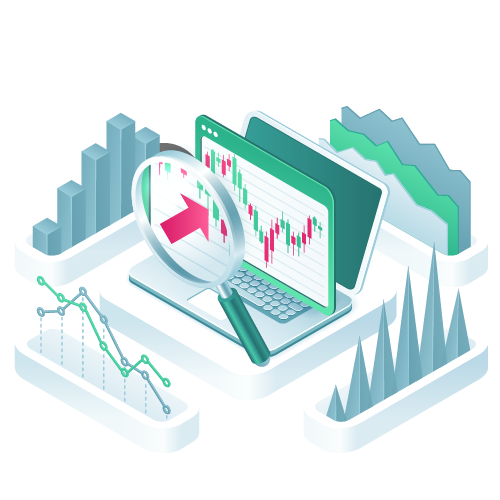



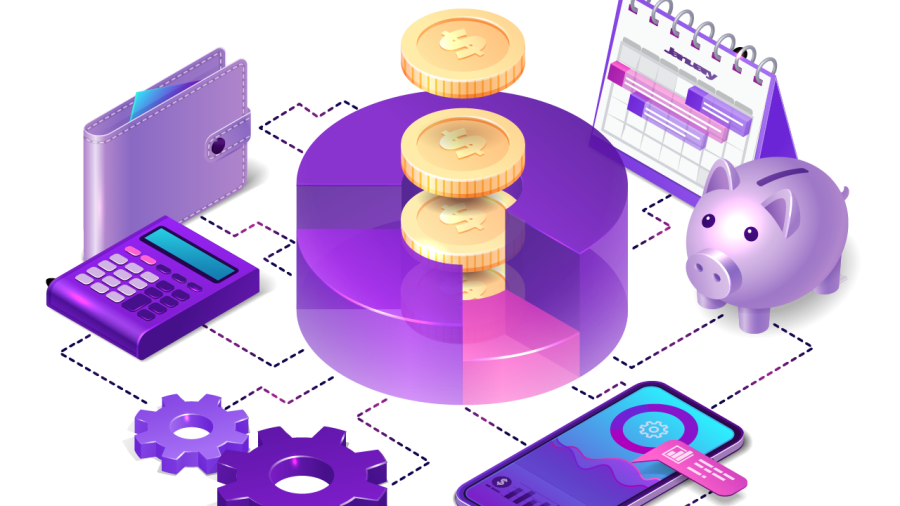
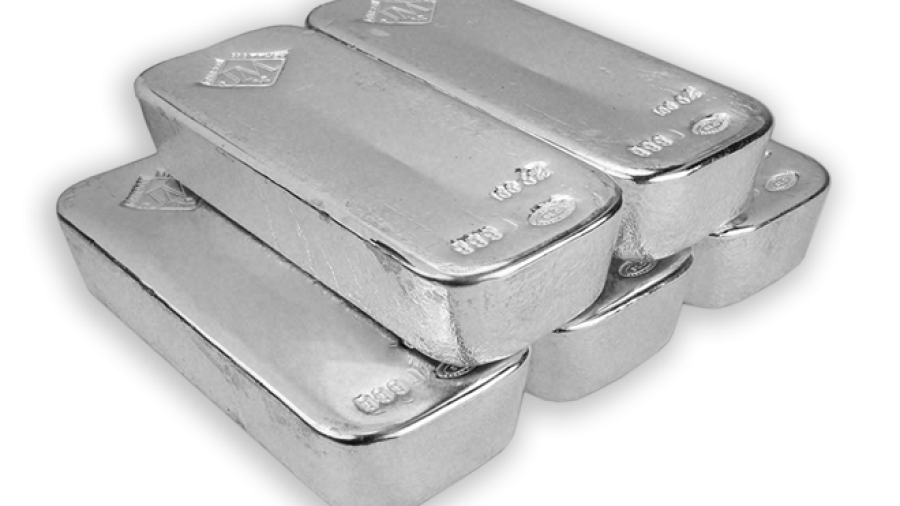



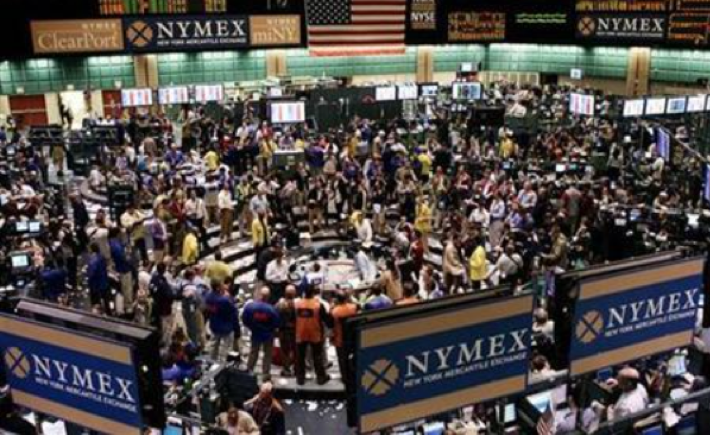 NYMEX trading floor. Source: jp.reuters
NYMEX trading floor. Source: jp.reuters